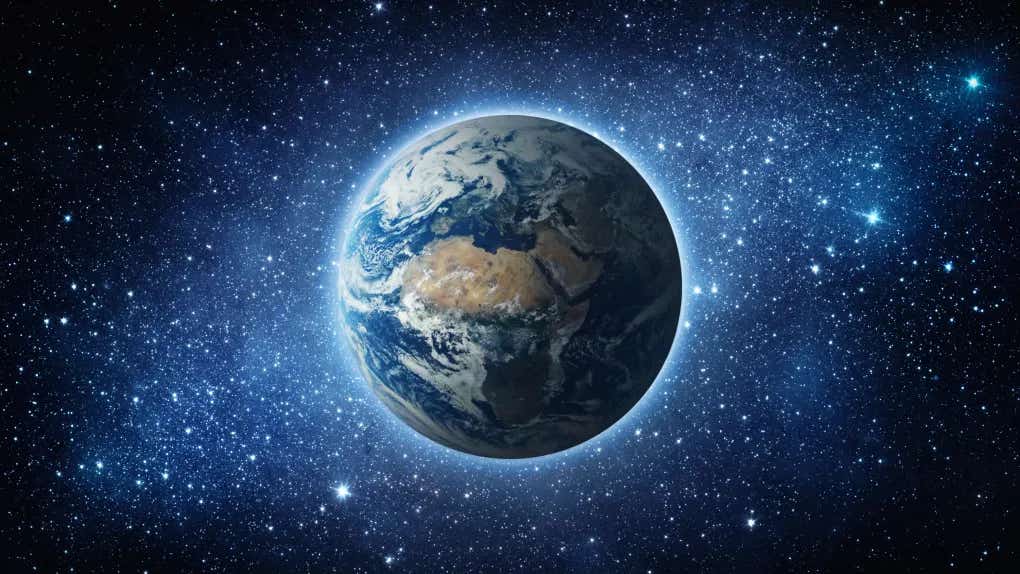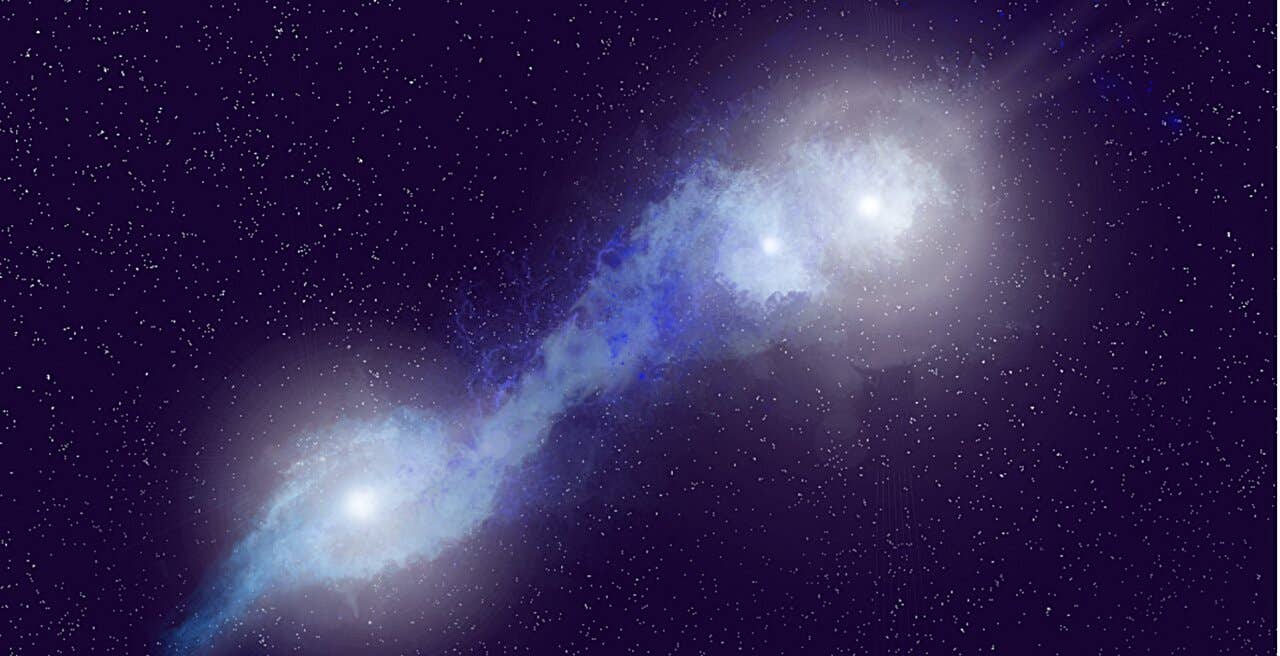New scientific discovery reveals the origin of life on Earth
Scientists made a bold leap in the search for life’s origins, offering a fresh look at how chemistry might have crossed over into biology.

Researchers develop self-replicating droplets that could unlock new clues about how life first emerged on Earth. (CREDIT: Adobe Stock Images)
Scientists have made a bold leap in the search for life’s origins, offering a fresh look at how chemistry might have crossed over into biology. At the center of this progress are coacervate droplets—tiny clusters of molecules that may be the missing link between lifeless matter and the first living cells.
These microscopic droplets, often referred to as artificial protocells, have fascinated researchers for decades. They’re formed through liquid-liquid phase separation, a process that causes certain molecules in water to group together. The result? Tiny droplets that behave like primitive cells—organizing key ingredients of life such as RNA, lipids, and proteins.
The Role of Protocells in Earth's First Organisms
Back in the 1920s, Oparin and Haldane were among the first to imagine such structures. They proposed that protocells might arise spontaneously from organic molecules, setting the stage for life. Since then, scientists have tried to test this theory and discover how simple molecules could form living systems.
One of the biggest challenges has been reproduction. While coacervate droplets can hold and organize biomolecules, they had never shown the ability to reproduce themselves. Without that critical step, it’s hard to imagine how such droplets could evolve into complex life.
In recent years, studies showed coacervates could mimic cell-like behaviors. Some could even communicate or act in ways similar to predator and prey. But still, none had been seen to self-replicate—a vital feature of life as we know it.
Now, a research team in Japan may have cracked the code. Led by Muneyuki Matsuo and Kensuke Kurihara, the group built synthetic droplets using amino acid thioesters. These molecules come from the “thioester world” hypothesis, which suggests early life may have depended on thioester reactions to drive metabolism.
Their findings, published in Nature Communications, are the first to show protocells reproducing in the lab.
Related Stories
The droplets were synthesized in room-temperature water at atmospheric pressure, replicating plausible prebiotic conditions. Amino acid thioesters condensed into peptides, which spontaneously formed droplets. Feeding these droplets with additional monomers allowed them to grow and divide in a steady cycle, while maintaining their size and increasing their number.
Furthermore, the droplets displayed resilience. When nucleic acids and lipids were present, the concentrated nucleic acids localized to the droplets’ inner boundary, stabilizing their structure. This behavior mimics essential biological processes, offering a potential link between prebiotic chemistry and cellular biology.
Droplets as the Missing Link
“This study may serve to explain the emergence of the first living organisms on primordial Earth,” Matsuo explained. The findings suggest that coacervate droplets could represent a critical evolutionary step, bridging the gap between molecular assemblies and life.
Unlike viruses and molecular replicators, these droplets demonstrate self-reproduction—a defining feature of life. They also highlight the importance of periodic environmental stimuli in enabling recursive proliferation. For example, Earth's light-dark cycles influenced cyanobacterial cell division, while environmental perturbations facilitated proliferation in early bacterial forms.
Such findings challenge the long-standing RNA world hypothesis, which posits that life originated from self-replicating RNA molecules. Instead, Matsuo and Kurihara’s research points to a "droplet world," where coacervate droplets evolved into complex molecular aggregates capable of replication, organization, and survival.
“This discovery provides a plausible mechanism for how life could have emerged from a mixture of simple organic molecules,” commented Dr. Ramanarayanan Krishnamurthy from the Scripps Research Institute.
The team's work has significant implications for understanding not only the origins of life on Earth but also the potential for life elsewhere in the universe. By demonstrating that life-like properties can emerge under simple, prebiotic conditions, the findings open doors to studying life's possibilities on planets with similar environments.
Future research aims to refine the experimental platform, further exploring how amino acid derivatives transition into primitive cells. The researchers hope to unravel the evolutionary pathways that led from molecular assemblies to the earliest organisms.
The discovery also underscores the importance of technology in origins-of-life research. Techniques such as molecular dynamics simulations and microfluidic devices have enabled precise studies of molecule behavior under early Earth-like conditions. These advancements, combined with Matsuo and Kurihara’s breakthrough, push the boundaries of what we understand about life’s beginnings.
“Our results suggest that droplets became evolvable molecular aggregates—one of which became our common ancestor,” said Matsuo. “We hope our work inspires others to explore the mysteries of the origins of life.”
A New Era in Understanding Life's Beginnings
The journey from chemistry to biology is far from simple, but each breakthrough illuminates another piece of the puzzle. The self-reproducing coacervate droplets represent a leap forward, offering tangible evidence of how primitive molecular assemblies could proliferate and evolve.
This discovery challenges long-held assumptions and presents a new framework for understanding life's origins. As the researchers continue to investigate, the answers may not only redefine humanity’s understanding of its own beginnings but also inform the search for life beyond Earth.
Note: Materials provided above by The Brighter Side of News. Content may be edited for style and length.
Like these kind of feel good stories? Get The Brighter Side of News' newsletter.



